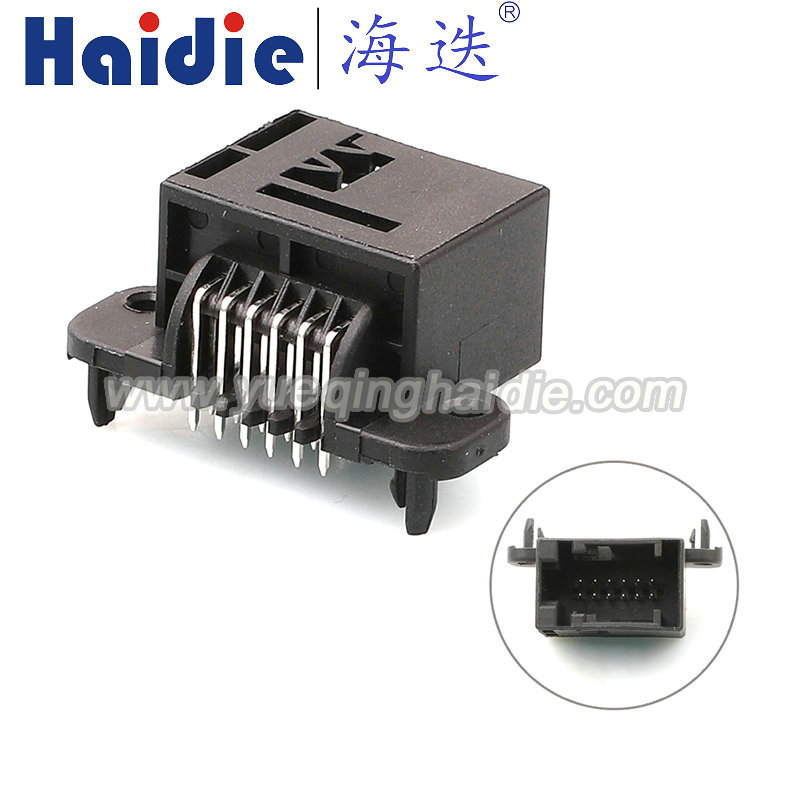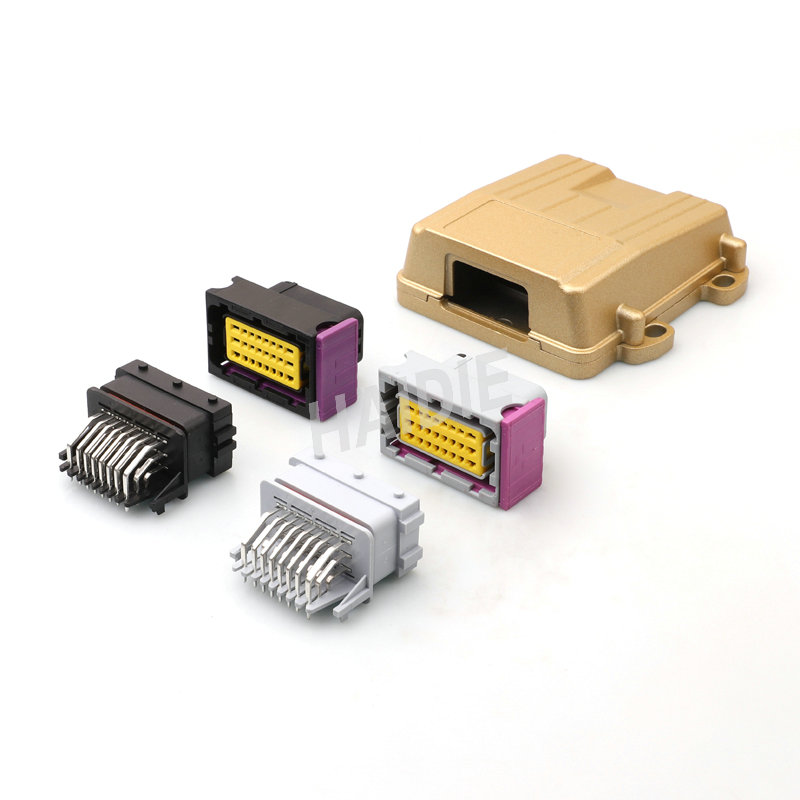Industry Dynamic
why do automotive light connectors melt
Jul 11,2023
Automotive light connectors are designed to provide a secure connection between the electrical components of a vehicle. However, when these connectors are exposed to high temperatures, they can melt, leading to a variety of problems.
The most common cause of melting automotive light connectors is excessive heat. This can be caused by a variety of factors, including poor insulation, inadequate ventilation, and excessive current draw. Poor insulation can cause heat to build up in the connector, while inadequate ventilation can cause the heat to become trapped. Excessive current draw can cause the connector to become overloaded, leading to an increase in temperature.
Another cause of melting automotive light connectors is corrosion. Corrosion can occur when the connector is exposed to moisture, such as rain or snow. This can cause the metal to oxidize, leading to a decrease in the connector’s ability to conduct electricity. As the corrosion increases, the connector can become increasingly brittle, leading to a decrease in its ability to withstand high temperatures.
Finally, poor quality connectors can also lead to melting. Low-quality connectors are often made from inferior materials that are not designed to withstand high temperatures. As a result, these connectors can easily melt when exposed to excessive heat.
The consequences of melting automotive light connectors can be serious. In some cases, the melted connector can cause a short circuit, leading to a fire or other damage to the vehicle. In other cases, the melted connector can cause the electrical system to malfunction, leading to a decrease in performance or even a complete breakdown.
Fortunately, there are a few steps that can be taken to prevent melting automotive light connectors. First, it is important to ensure that the connectors are properly insulated and ventilated. This will help to reduce the amount of heat that is trapped in the connector. Second, it is important to ensure that the connectors are not overloaded. This can be done by using the correct size and type of connector for the application. Finally, it is important to use high-quality connectors that are designed to withstand high temperatures.
In conclusion, melting automotive light connectors can be caused by a variety of factors, including excessive heat, corrosion, and poor quality connectors. The consequences of melting connectors can be serious, leading to a short circuit, a decrease in performance, or even a complete breakdown. Fortunately, there are a few steps that can be taken to prevent melting connectors, such as ensuring that the connectors are properly insulated and ventilated, not overloaded, and of high quality.
Recent news

Exploring the Versatility of Auto Connectors: A Comprehensive guide by Haidie
What is auto connector?Auto connector is a component used in vehicles to join electrical circuits. These connectors are ···

What is auto connector and how to produce it?
What is auto connector?Auto connectors, also known as automotive connectors, are devices used in the automotive industry···

Why you should choose auto connector?
Auto connectors are essential components in the automotive industry, enabling effective communication between different ···








